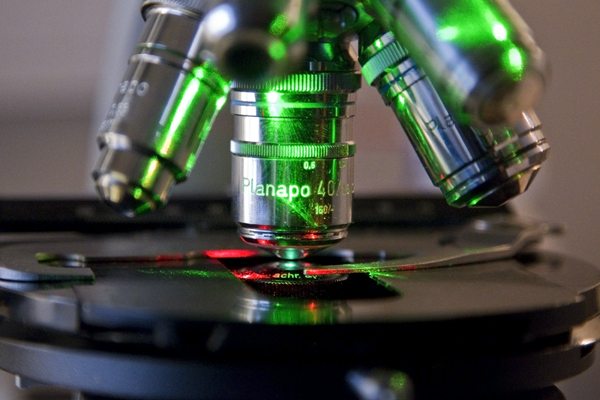The Nobel Prizes 2014: Turning microscopes into nanoscopes
Rounding off this year’s science Nobel’s, the 2014 chemistry prize has been awarded to William E. Moerner, Eric Betzig and Stefan W. Hell for their work to improve the resolution of optical microscopes.
At the end of the nineteenth century, microscopist Ernst Abbe concluded that the resolution of an optical microscope would never reach beyond 0.2 micrometres. Limited by the wavelength of light, this optical barrier meant that many intricate structures, such as the details of living cells, were beyond the reach of a microscope’s lens.
But not everyone was content with this physical limit. In the year 2000 Stefan Hell from the Max Planck Institute in Göttingen, Germany developed a method called stimulated emission depletion (STEPD) microscopy, which uses a nanoscale “flashlight” to break the optical barrier.
The technique works by using two laser pulses; one to make fluorescent molecules glow and another to cancel out, or quench, the fluorescent light. A small, nanometre-sized volume in the centre is not quenched by the second pulse and it is the light from this small volume that is recorded. Sweeping along the sample, multiple measurements are taken and an image is built of the specimen.
Working independently, Eric Betzig of Howard Hughes Medical Institute, USA and William E Moerner, of Stanford University, USA developed a second method called single molecule spectroscopy. This technique also takes advantage of fluorescence, switching the glow of individual molecules on and off in order to create a detailed picture of the sample area. Thanks to both of these techniques, optical microscopes can now captures images smaller than ever before; microscopy has become nanoscopy.

Comments